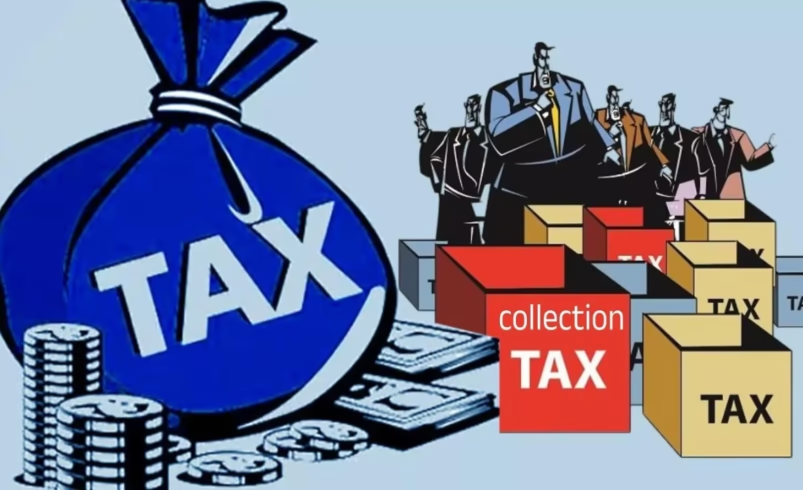India’s direct tax revenue climbs with corporate advance tax boost
- September 18, 2025
- 0

India’s direct tax collections have shown a strong upward trend, with the latest figures revealing a notable increase in net receipts. According to official data, net direct tax revenue rose by 9.18% to reach ₹10.82 lakh crore, driven largely by higher corporate advance tax payments. While this growth underscores the resilience of the economy and improved compliance, it also comes alongside a significant decline in refunds issued during the same period.
The government reported that net direct tax collections have crossed ₹10.82 lakh crore, reflecting an increase of over 9% compared to the previous year’s performance. This growth is considered a positive indicator of both economic activity and effective tax administration measures that have been implemented in recent years.
A major contributor to this rise has been corporate advance tax payments, which saw substantial growth during the assessment period. Corporate entities are required to pay advance taxes in installments throughout the financial year based on their projected earnings, and the increase suggests stronger profitability across sectors as well as improved compliance with payment schedules.
While gross collections have been robust, refunds issued by the government fell sharply by 24%, amounting to ₹1.61 lakh crore. The reduction in refunds has contributed to higher net collections overall but also highlights a shift in settlement trends compared to earlier years when refund outflows were larger.
Looking ahead, the government has set an ambitious target of ₹25.20 lakh crore for direct tax collection in FY26, which represents a projected increase of 12.7%. Achieving this goal will depend on continued economic expansion, sustained corporate earnings growth, and consistent compliance from both individual and institutional taxpayers.
The rise in direct tax revenue plays a crucial role in supporting fiscal planning and public expenditure programs. Higher collections provide greater flexibility for funding infrastructure projects, social welfare schemes, and other developmental priorities without relying excessively on borrowing or indirect taxation measures that can impact consumption patterns more directly.
The latest figures highlight a balanced picture—while collections are rising steadily due to stronger corporate contributions and better compliance mechanisms, the decline in refunds points toward changes in taxpayer settlement dynamics. With an ambitious target set for FY26, policymakers will be closely monitoring trends in both corporate profitability and individual income levels to ensure sustainable growth in revenue streams that underpin national development goals.